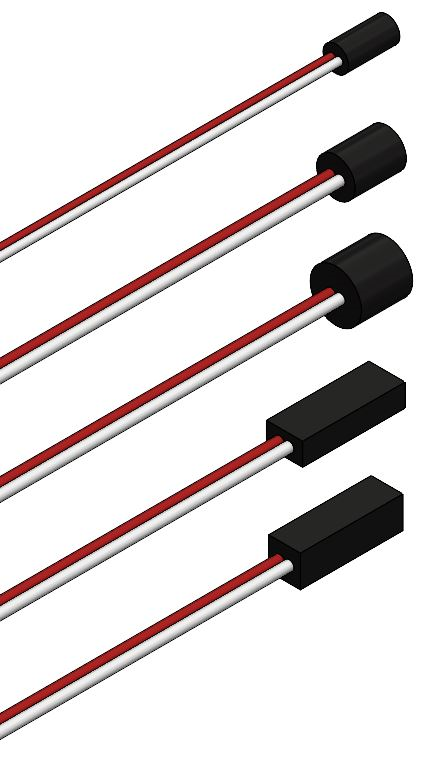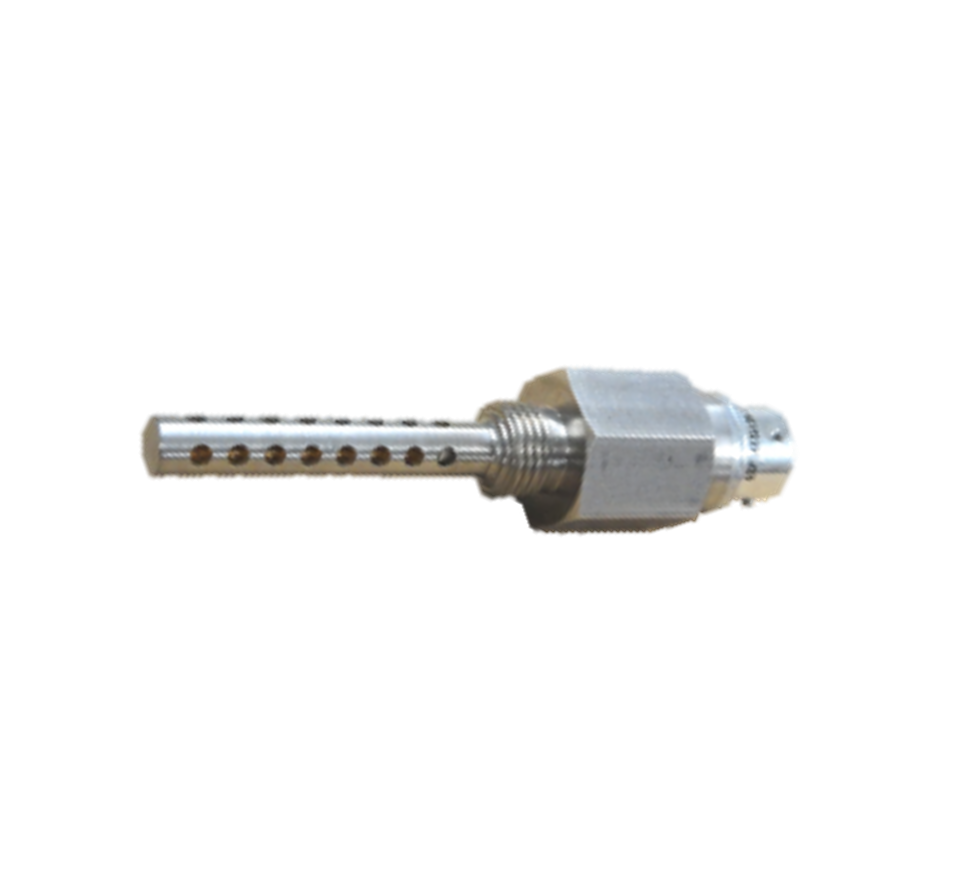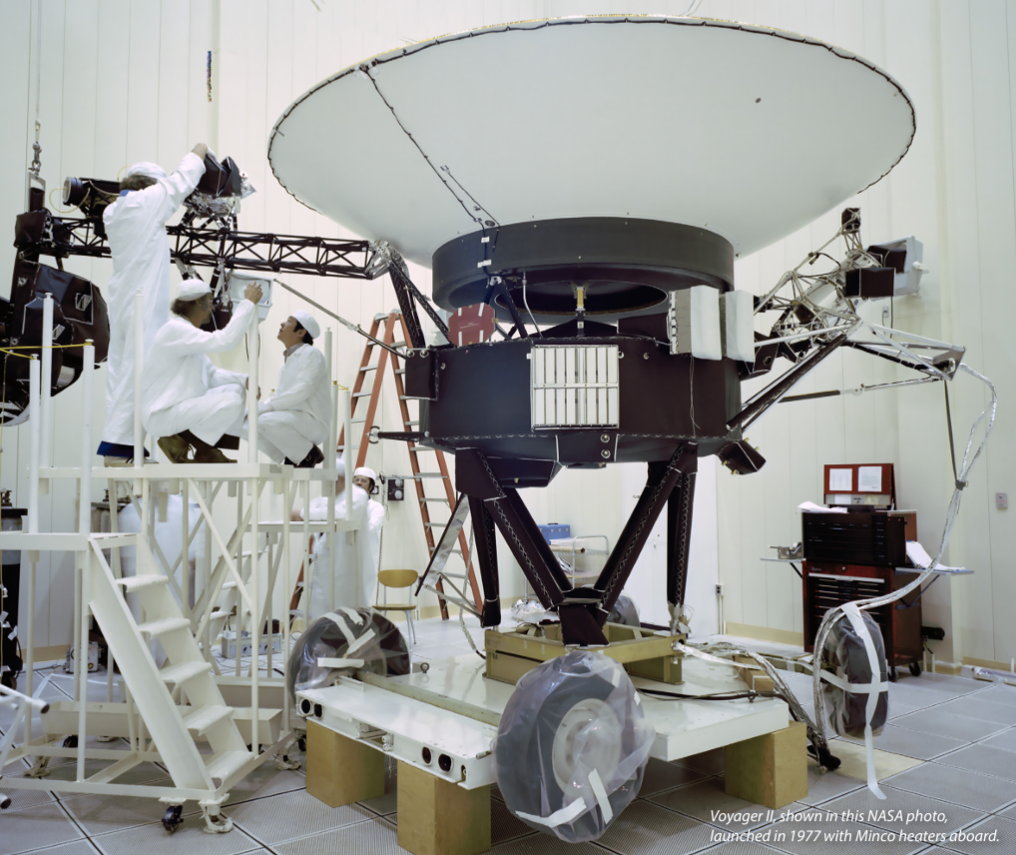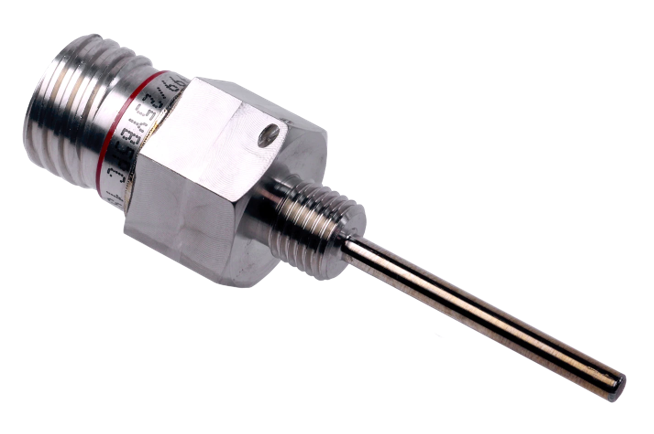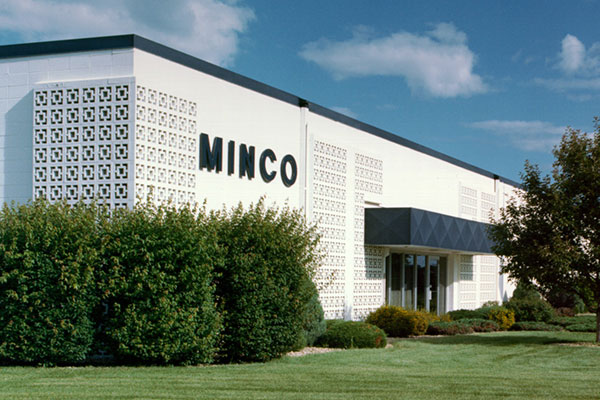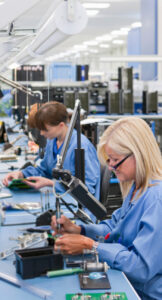 Minco products go in applications all over the world, from medical devices to passenger planes and spaceflight. Every one was designed, crafted, and inspected by the Minco team – and each is the result of the skill and effort of drafters, engineers, supervisors, and highly trained production specialists.
Minco products go in applications all over the world, from medical devices to passenger planes and spaceflight. Every one was designed, crafted, and inspected by the Minco team – and each is the result of the skill and effort of drafters, engineers, supervisors, and highly trained production specialists.
Whereas standard training curriculum from the Global Association for Electronics Manufacturing, IPC, largely relies on book learning and exams, the Minco training team insists on a hands-on approach. Dustin Young, Senior Training & Development Specialist, is one of the people who helps employees learn how to make even the most technical of Minco products – ensuring each one meets the highest level of quality standards.
There are still books, and there are still exams, but to maintain Minco’s reputation for unmatched precision and dependable quality, training teams like Young’s have developed practical training methods and enforce stricter expectations of passing grades than industry standards call for.
“We build our own samples for one of the tests,” Young said, to train employees on Minco’s proprietary flex circuit technology, which is more exacting and challenging than rigid circuit boards. It’s part of a training strategy than prepares Minco employees for the most demanding iteration of a task to ensure they become proficient at every level.
Training for circuit soldering, for example, requires soldering production components in addition to practice components (both provided and produced in-house). Electronic devices and components are classified into Class 1 (general electronics like toys and flashlights), Class 2 (service electronics like laptops and microwaves), and Class 3 (failproof electronics like the ones made for medical, aerospace, and military applications). Young’s team trains Minco solderers on Class 3 standards – the most stringent. Minco trainers are themselves experts on the processes they train. That means experienced production personnel can lead by example to impart perspective that helps new personnel turn training into practice.
That high expectation of quality, reflected in all aspects of production, is a necessity for the type of orders Minco – and its highly trained workers – complete daily. A majority of Minco’s customers customize and purchase Class 3 products that go in can’t-fail applications like passenger planes and spacecraft.
The critical nature of many Minco products requires tight tolerances, but Young says his training methods aren’t centered around punitive action: “It’s not just, ‘Hey, do it right or else.’ If something goes wrong, that’s okay. Stop and fix the problem. You see that part didn’t solder properly? What happened that caused it not to? Can you make a change to prevent it from happening again?”
In more than 30 years with Minco, Young has seen the production process from many angles. “As a drafter, I was designing things like solder pads and weld pads,” he said. From drafter to engineer to supervisor and now training specialist, each position has given him a different take on the purpose and value of guiding by example. “As I’ve gone through different job roles, your experience builds and gives you that background understanding.”
But he’s quick to note that experience isn’t a replacement for process. “I don’t rely on that when I’m developing training,” Young said. “The background knowledge is helpful, but it doesn’t override any current documentation. I’m still counting on process engineers – they own standard process instructions [SPIs], and we’re going to develop training to those. We’re not just working in a vacuum. We’re trying to involve people and make sure that the training is effective.”
The training teams at Minco leverage their experience to communicate more effectively with trainees while interfacing with the growing Minco knowledge base – discovering what elements work best today while anticipating the training that’ll be needed as engineering and development advance. At the same time, it makes training an institutional effort, where SPIs maintained by engineers are used to practically educate new learners.
In that way, training doesn’t just ensure a consistent level of quality to the products Minco makes. It makes Minco itself – the company and the team – a better place to work at and a better partner to work with.
Discover more about Minco’s collaborative engineering focus and how it drives innovation, efficiency, and productivity in our free ebook, “The Power of E2E Collaboration & Integrated Thinking,” at this link.
